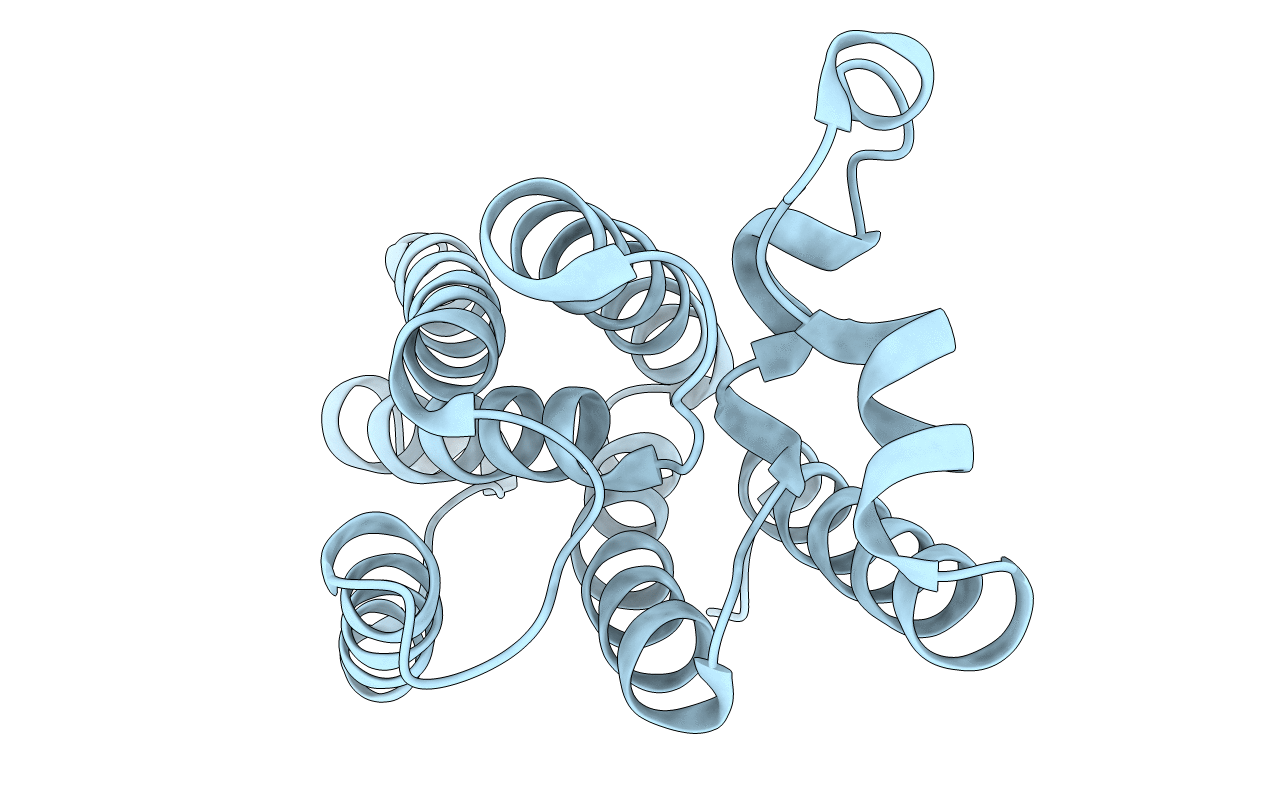
Deposition Date
2013-11-11
Release Date
2013-12-25
Last Version Date
2023-09-20
Entry Detail
PDB ID:
4NJP
Keywords:
Title:
Proteolysis inside the membrane is a rate-governed reaction not Driven by substrate affinity
Biological Source:
Source Organism:
Escherichia coli (Taxon ID: 562)
Host Organism:
Method Details:
Experimental Method:
Resolution:
2.40 Å
R-Value Free:
0.24
R-Value Work:
0.18
R-Value Observed:
0.18
Space Group:
H 3 2


